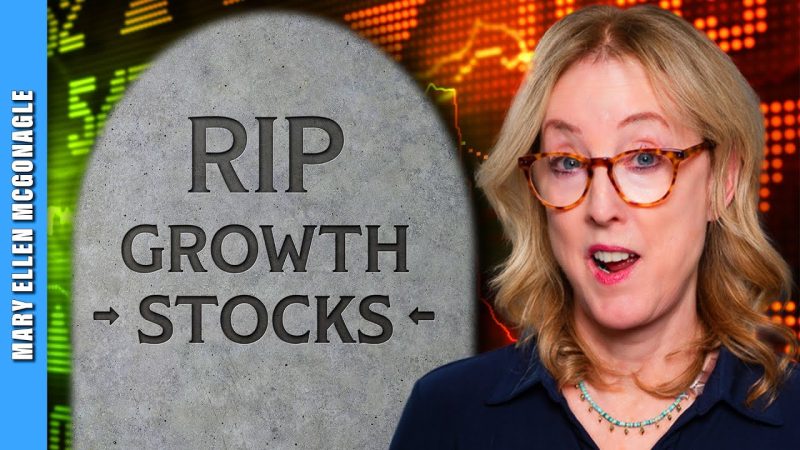In recent times, the stock market has been experiencing a significant shift in investment trends, particularly in the realm of growth stocks. Growth stocks, which have traditionally been sought after for their potential to deliver above-average returns due to substantial revenue and earnings growth, are now facing a challenging landscape. Various factors are contributing to this shift, raising concerns about the future of growth stocks.
One of the key reasons for the uncertainty surrounding growth stocks is the changing economic environment. Global markets have been impacted by geopolitical tensions, trade disputes, and economic uncertainty, leading investors to reevaluate their risk exposure. These external factors have created a volatile market environment that is less conducive to the sustained growth of many companies that rely on consistent revenue and earnings expansion.
Moreover, the rise of interest rates has also put pressure on growth stocks. As interest rates increase, the cost of borrowing rises, impacting companies that rely on debt for expansion and operations. High-growth companies that may have taken on debt to fuel their growth could face challenges in servicing their obligations, leading to a decline in stock value as investors factor in the increased financial risk.
Furthermore, the competitive landscape has become fiercer for many growth stocks. Rapid technological advancements and disruptive innovations have led to increased competition in various sectors, making it challenging for growth companies to maintain their competitive edge. Established players and new entrants alike are vying for market share, intensifying the pressure on growth stocks to deliver consistent performance and differentiate themselves from competitors.
Another factor contributing to the uncertainty surrounding growth stocks is the market’s shift towards value investing. Value investing, which focuses on identifying undervalued stocks with solid fundamentals and growth potential, has gained traction as investors seek stability and resilience in uncertain market conditions. This shift in investor preference has put further downward pressure on growth stocks, as the allure of quick gains is overshadowed by the desire for long-term value and stability.
In conclusion, the future of growth stocks remains uncertain in the current market environment characterized by geopolitical tensions, rising interest rates, increased competition, and a shift towards value investing. While growth stocks have historically offered attractive returns, investors are now faced with a challenging landscape that poses risks to the sustained growth of many companies. As investors navigate these uncertainties, it becomes imperative to carefully assess the viability and potential of growth stocks in their investment portfolios, considering the shifting dynamics of the market and the need for a diversified and resilient investment strategy.

